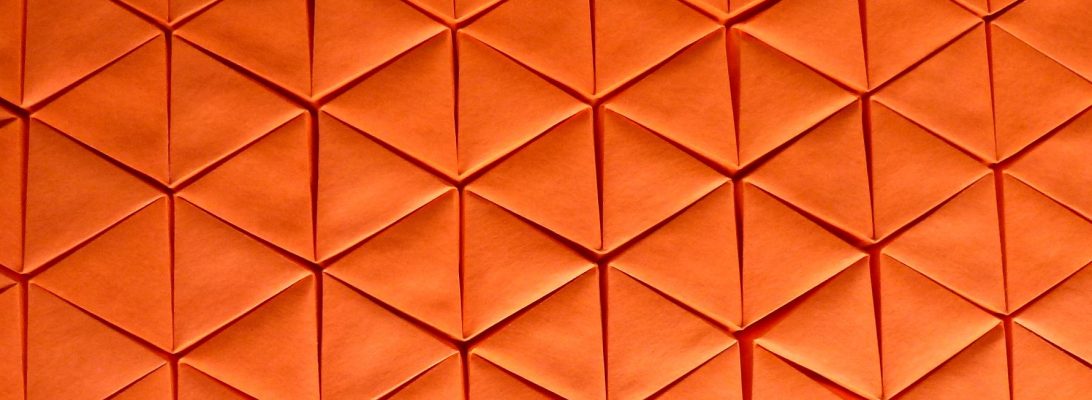A caiman is an alligatorid belonging to the subfamily Caimaninae, one of two primary lineages within the Alligatoridae family, the other being alligators:

When is a Crocodile not a crocodile – when it is an alligator, apparently.
This model has taken me an age for a number of reasons. The model, a genius design from Jeong Jae II (taken from the book “Origami Pro 6 – Wild Amazonia”) has over 300 diagrammed steps (worse, many are “repeat x-y, in reverse upside down”) and every part of the square is worked, then re-worked in many and exacting ways. I wanted to understand and enjoy the processes I was performing and some of them took time to do precisely.
Not rushing to “set” a crease is an important tenet here – until the crease is set there is still time to change it, once set it is permanent damage to the sheet – I tried really hard to set the creases in the correct place.

Scaled/pleated models always fascinate me – the design strategy behind HOW these are designed are completely beyond my comprehension – pleats and scales take a LOT of paper, so planning what is done and where is exacting. Following the set of instructions is complex enough but there are some who could fold this monster from a crease pattern (CP) alone – but not by me – that still is beyond my ability.
A quality design looks good with folds alone – and when I had laid in all the creases and roughly shaped it, the model was already wonderful. I did a little bit of cleanup – closing gaping seams with spots of glue, closing the underside of the tail to give it volume and wires in the legs for permanent posing. Remarkably little was needed to make this presentable.
Continue reading



























